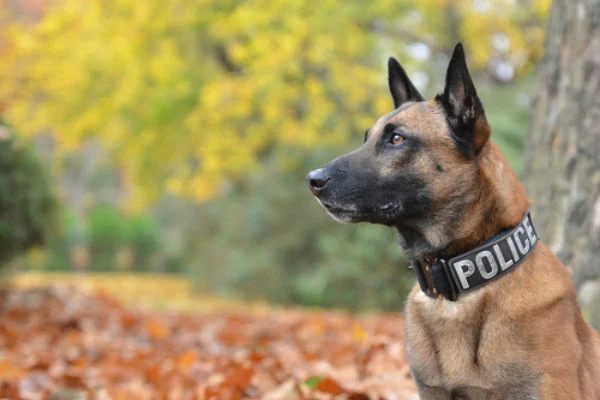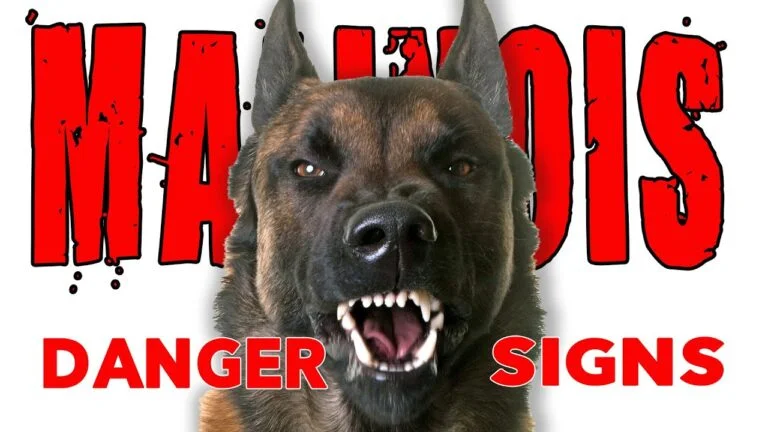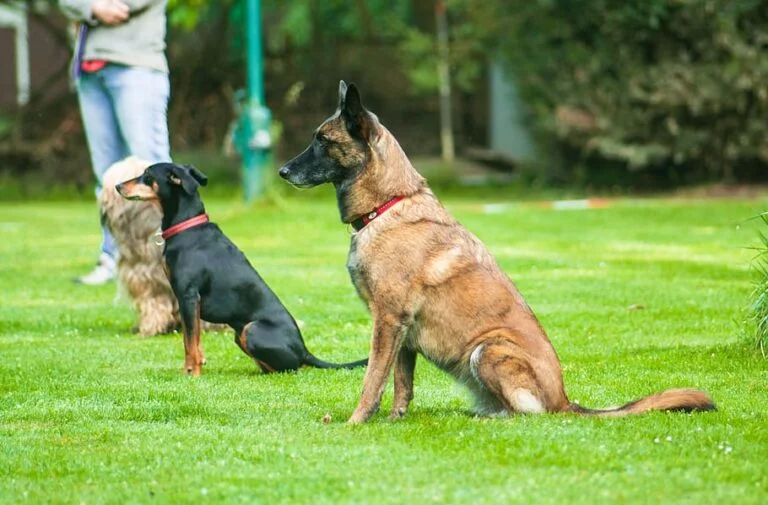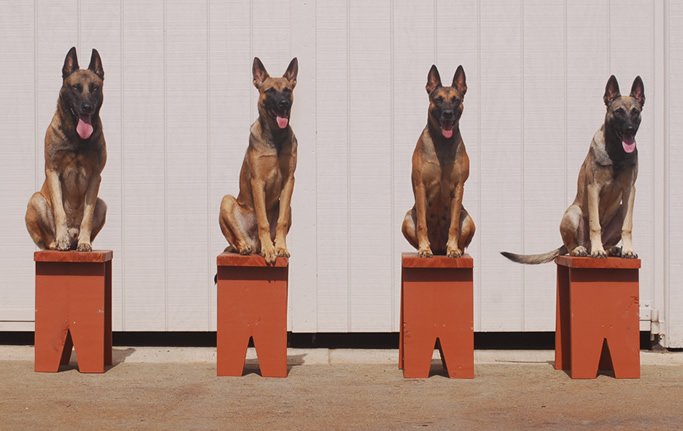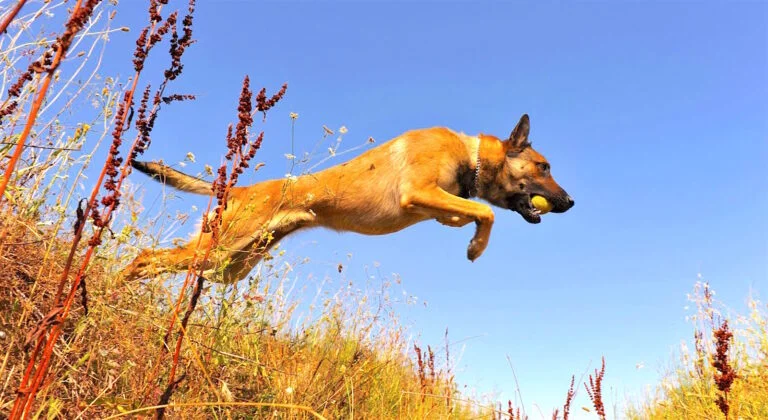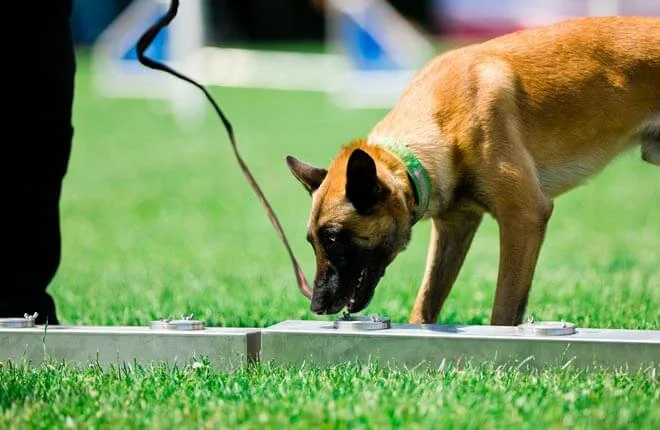What Language Are Belgian Malinois Trained In?
The Belgian Malinois, often compared to a Swiss Army knife for its multi-faceted capabilities, stands out as a preferred breed for specialized roles across police work, military operations, and search & rescue missions. But there’s one question that has intrigued many: In what language are these versatile dogs trained? Let’s explore the linguistic intricacies behind the training of the Belgian Malinois.
The Historical Canvas: Origins of the Belgian Malinois
The Belgian Landscape:
Hailing from Belgium, one might easily jump to the conclusion that the Malinois would be trained using Flemish or French commands, as these are the major languages of its birthplace. However, the actual choice of training language is influenced by a multitude of factors:
- Geographical Training Location: A Malinois trained in its native Belgium would most likely respond to Flemish or French commands.
- Global Deployment: Those earmarked for international tasks might be trained in a more universal or specialized language to avoid common commands from the public.
The Global Tongue: Widely Adopted Training Languages
The world of canine training is diverse, and while any language can be employed, some have gained more traction over the years.
The Pinnacle of German Commands:
In many dog training circles, German is the language of preference, especially for high-performance breeds like the Belgian Malinois. Commands like “Platz” (Down) or “Bleib” (Stay) reverberate across training fields globally. The penchant for German can be attributed to:
- Auditory Sharpness: German commands have an inherent crispness, making them easier for dogs to distinguish.
- Historical Roots: Given the legacy of German Shepherds in canine tasks and their close relationship with the Malinois, German has cemented its place in dog training.
Diverse Linguistic Choices:
Apart from German, several trainers gravitate towards other languages like Dutch, Czech, or even languages like Hungarian. The objective is clear: ensure the dog doesn’t respond inadvertently to a casual conversation or a passerby’s comment.
Carving A Niche: Tailored Commands and Languages
Ensuring Exclusivity in Commands:
For roles that demand precision and complete obedience, like military or police operations, handlers often innovate, employing either lesser-known languages or constructing unique command phrases. This customization has its own set of challenges and merits:
- Complexity: While being distinct, commands must be easily recalled by the handler.
- Phonetic Diversity: Commands must be acoustically varied to prevent any misinterpretation by the dog.
Consistency: The Golden Rule in Training Language
No matter the chosen language, one principle stands uncontested: consistency. Intermittent changes in the training language can not only confuse the dog but can also retard its training progress. Essential guidelines include:
- Adherence to Chosen Commands: Once a set of commands in a specific language is chosen, it’s imperative to stick to it throughout the dog’s training and operational life.
- Avoiding Mixed Signals: Introducing various terms for the same command action can dilute the training and introduce ambiguity in the dog’s responses.
A Comparative Glimpse: Common Commands Across Key Languages
| English Command | German | French | Dutch |
|---|---|---|---|
| Stay | Bleib | Reste | Blijf |
| Down | Platz | Couché | Af |
| Heel | Fuß | Au pied | Volg |
Epilogue: Beyond Words – The Unwavering Trust
At the end of the day, while the language of commands holds importance, it’s the unshakable bond between a Belgian Malinois and its handler that stands paramount. Be it commands in German, French, Dutch, or any other tongue, the cornerstone of successful training and operation lies in mutual respect, trust, and understanding.

